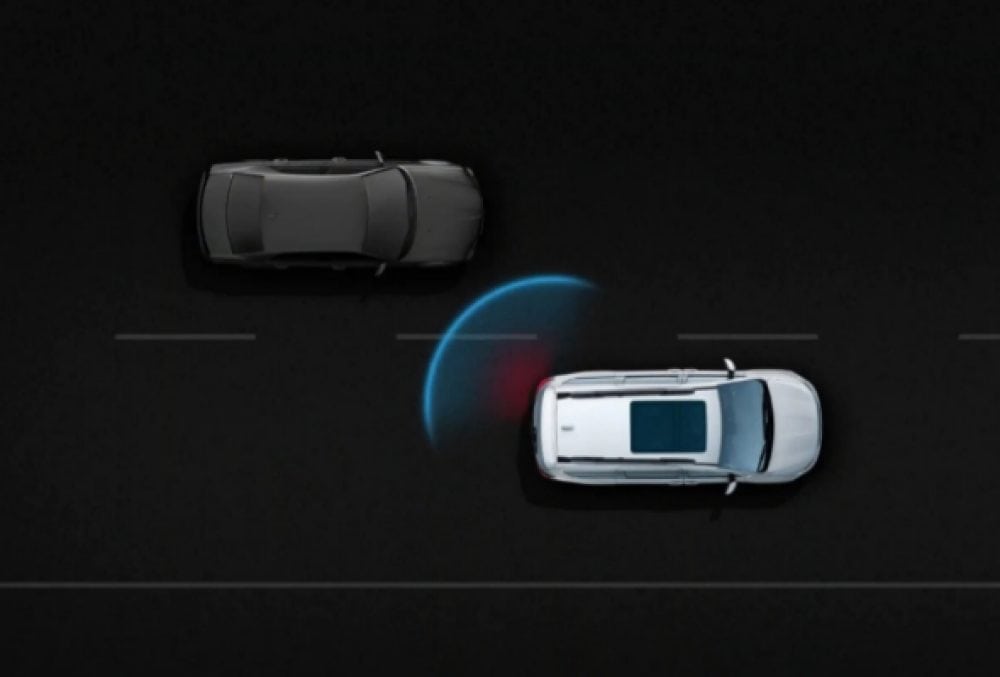What You Can’t See Can Hurt You!
By Pam Oakes, MACS Board Secretary – Published on 6/24/2025
The introduction of blind spot detection – a component of the advanced driver assist system (ADAS) in most cars and light trucks – has taken a lot of guesswork out of what’s “hiding” behind a body pillar when it comes to traffic lane mitigation.
Considered one of the most valuable features on vehicles today, this ADAS feature helps drivers avoid “unseen” vehicles in adjacent lanes. Blind spot detection systems are engineered to monitor obstructed zones and alert a driver when an object is within the manufacturer specified zone to reduce the risk of a collision.
This technology uses RADAR, cameras, and/or ultrasonic proximity sensors located within the quarter panels, rear bumper and rally mirrors to continuously scan pre-programmed fields of sensor “vision.” See Figure 1.
Some manufacturers will alert a driver of an object via the instrument panel while others may provide an audible “ping” and/or hepatics to alert the driver of an object within the designated “blind spot.”
Other blind spot mitigation systems are more advanced and include steering wheel “tug” and/or incorporate the automatic emergency braking (AEB) system to prevent collision if the driver does not respond to the initial prompting. Blind spot detection has come a long way since its first introduction – in 2007 Volvo S80 production – and is available on approximately 52-percent of all U.S. manufactured 2023 models (IIHS, 2023). National Highway Traffic Safety Administration (NHTSA) announced that starting with the 2026 model year, blind spot warning and intervention systems will be included in the agency’s vehicle safety ratings.


About the author: Pam Oakes is the Board of Directors Secretary at MACS. Pam provides automotive training at all levels, including train-the-trainer, professional technicians, and scholastic programs, with over 20 years of hands-on experience running a 12-bay shop in Florida. She has been a MACS Section 609 proctor since 2016 with additional expertise including ADAS calibration, fleet training, and technical curriculum development for major corporations. You can reach Pam at poakes@macsmobileairclimate.org.
Learn More
MACS Action Magazine – MAY/JUN 2025 Issue
Questions
Have any questions or comments? Leave a message in the comments below or send us an email at info@macsmobileairclimate.org or call the office at (215) 631-7020.
Leave a Reply